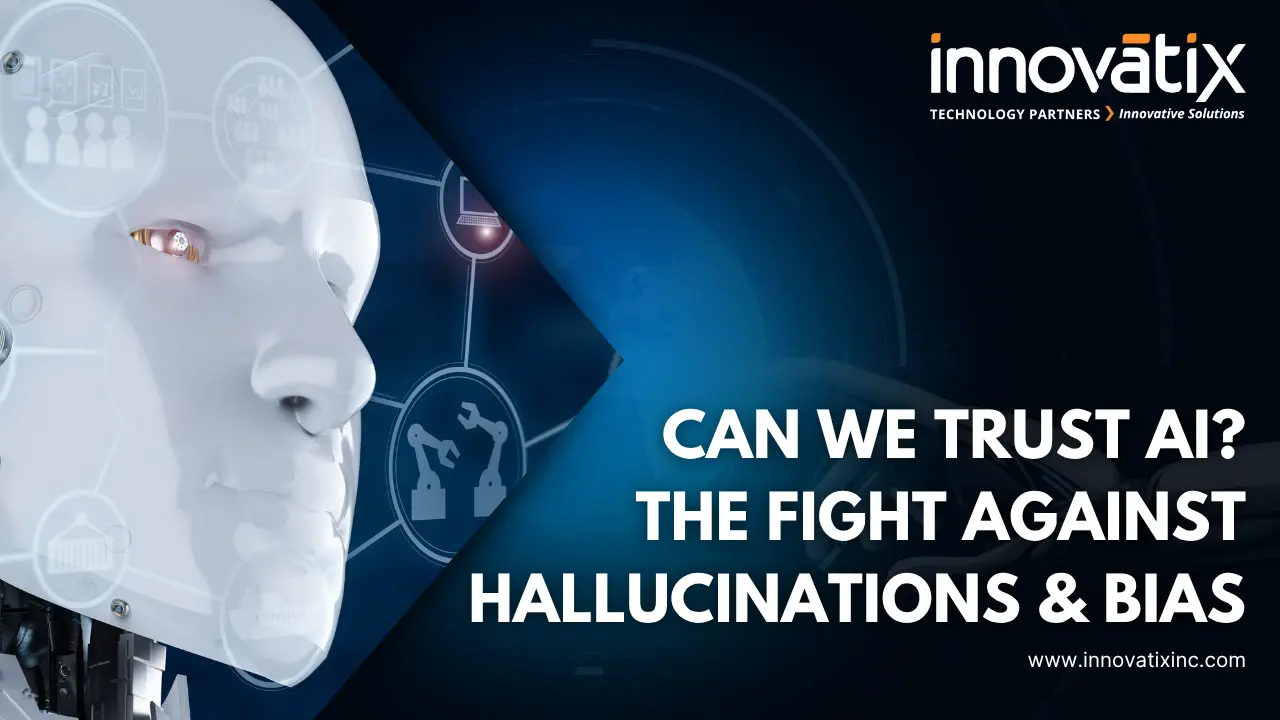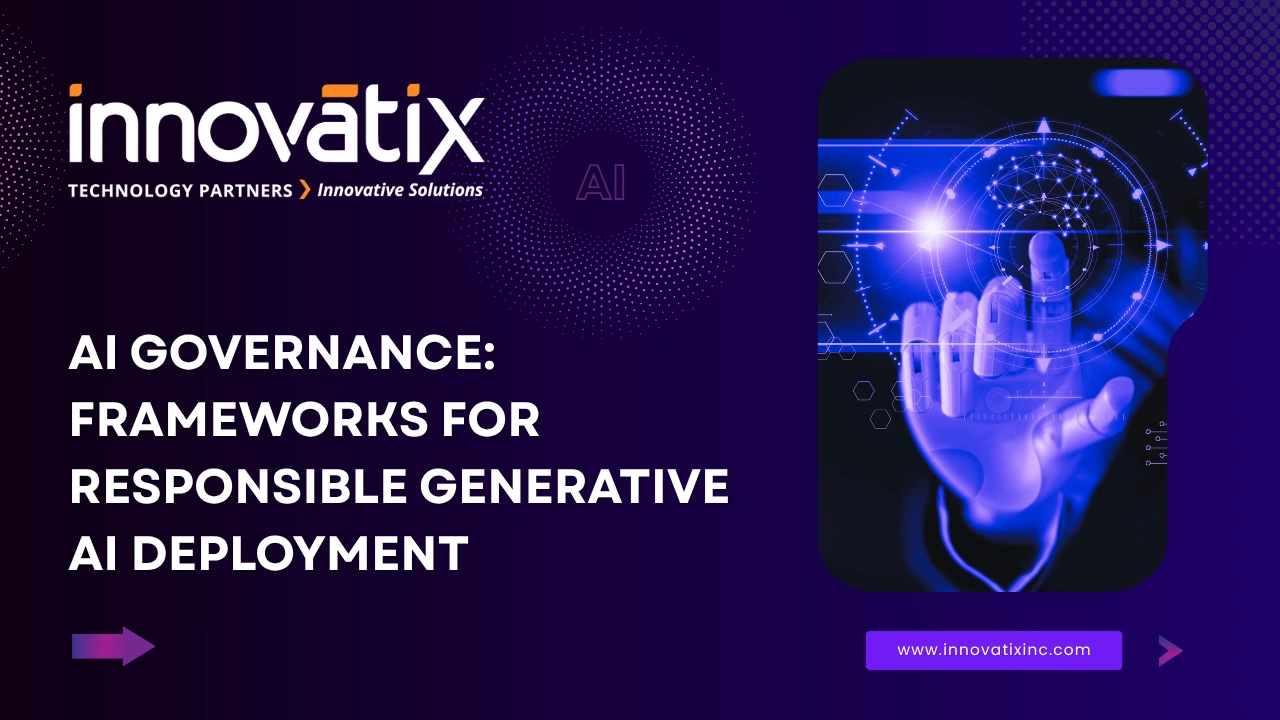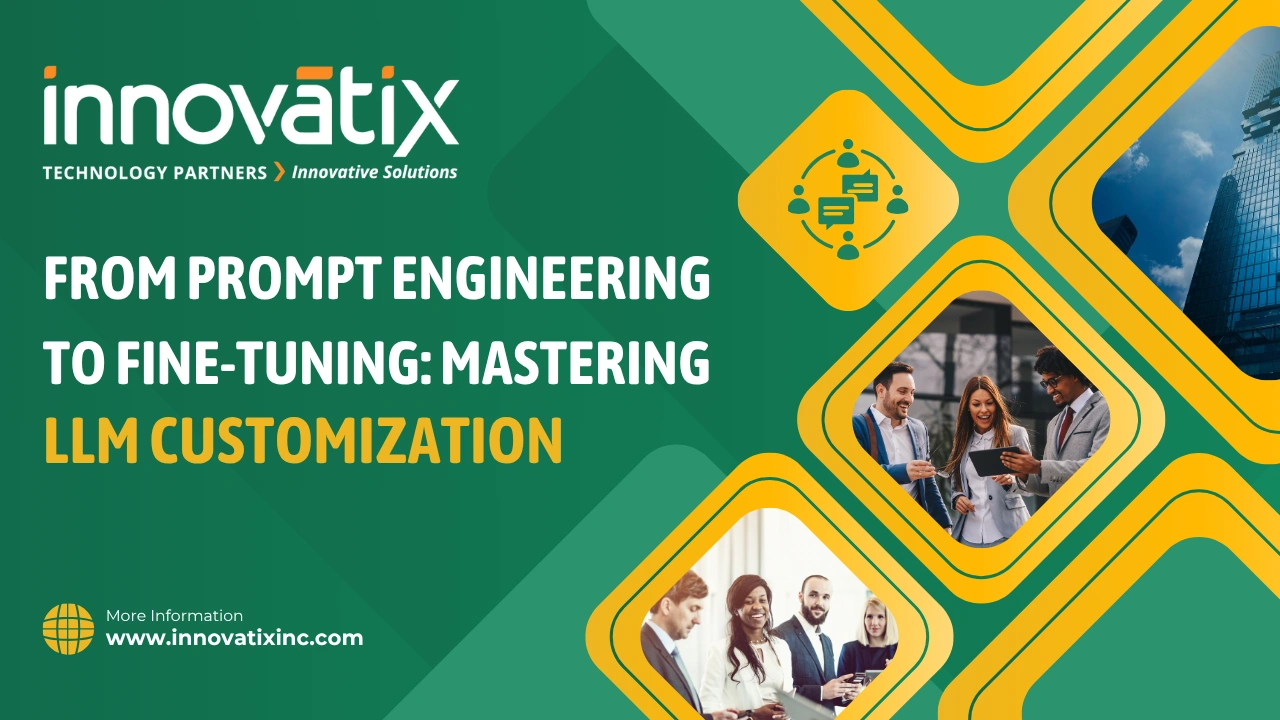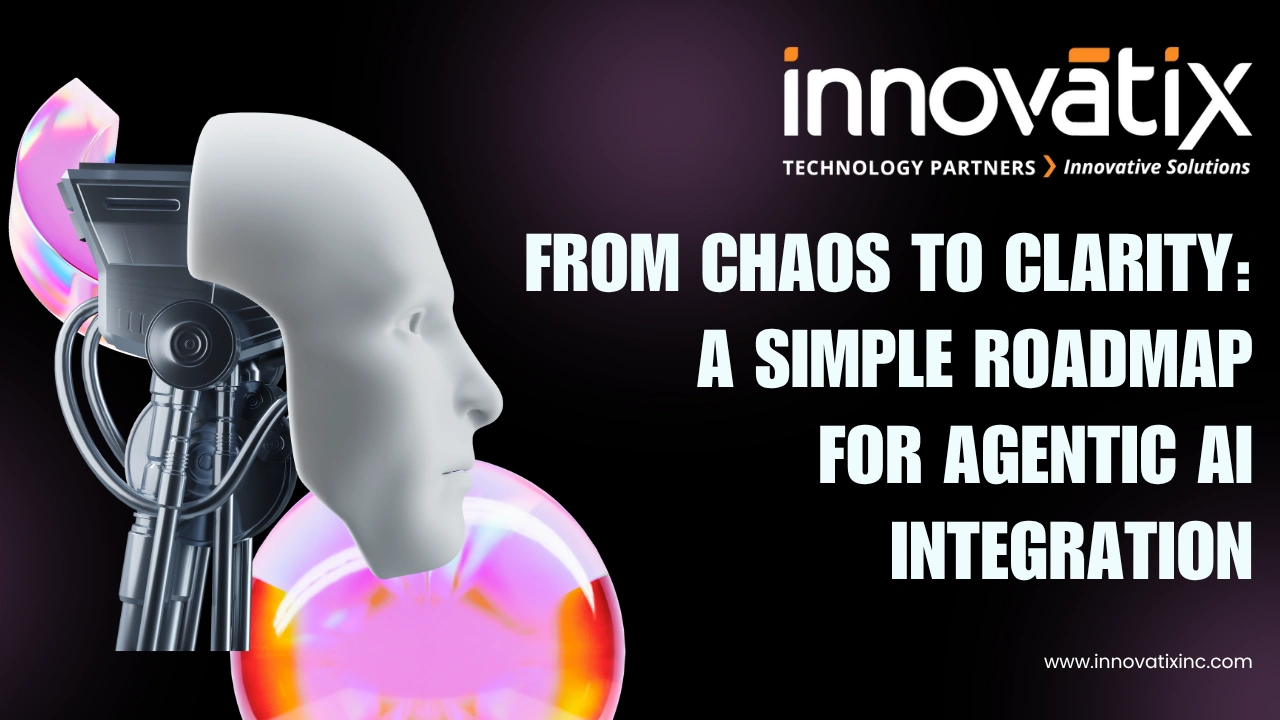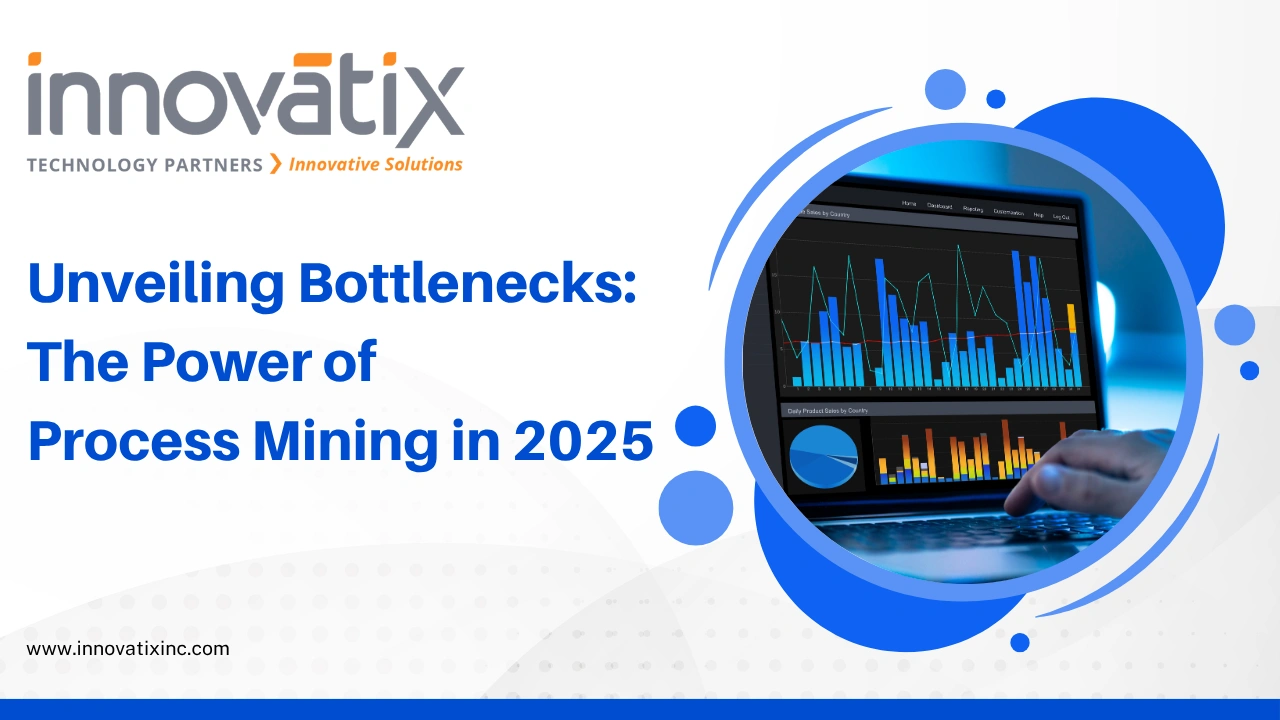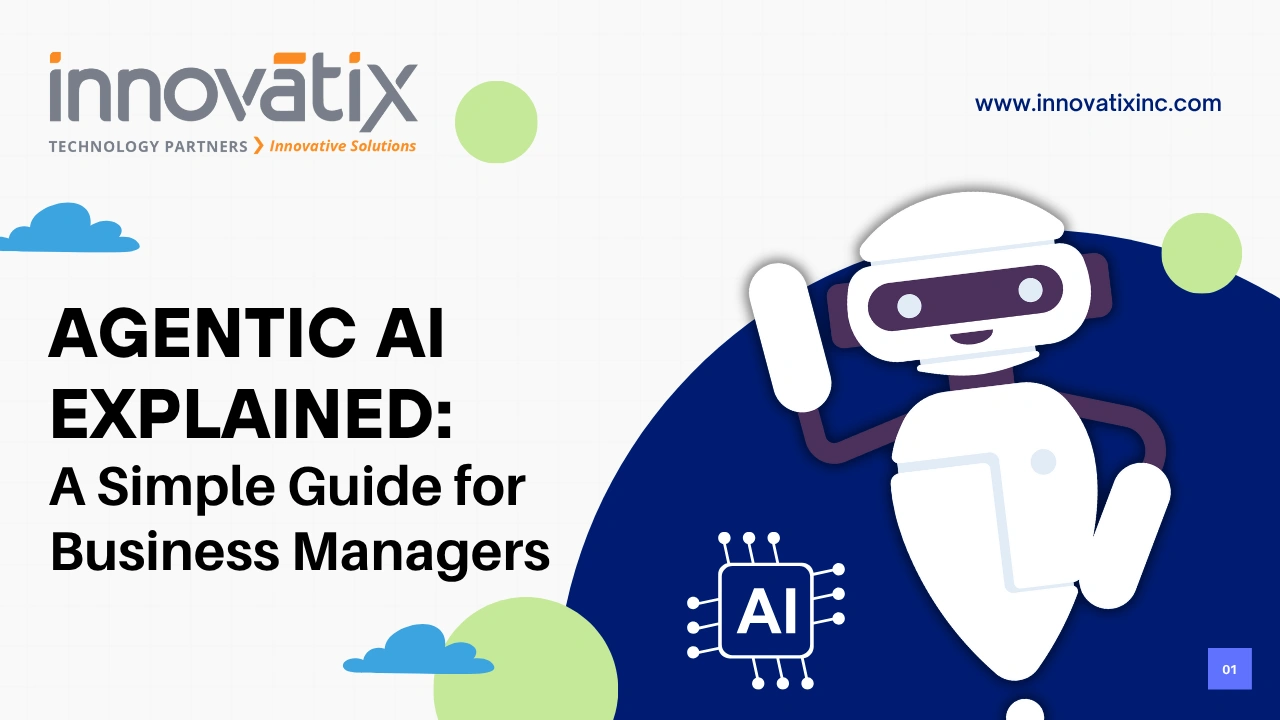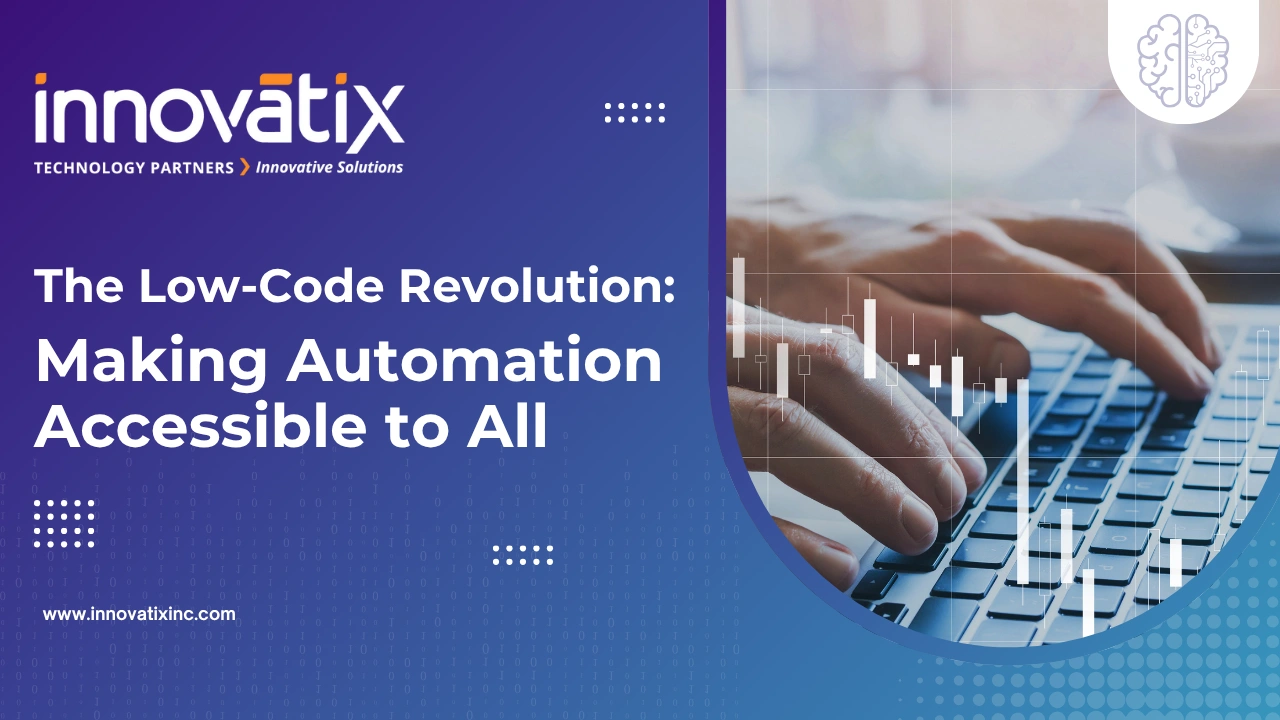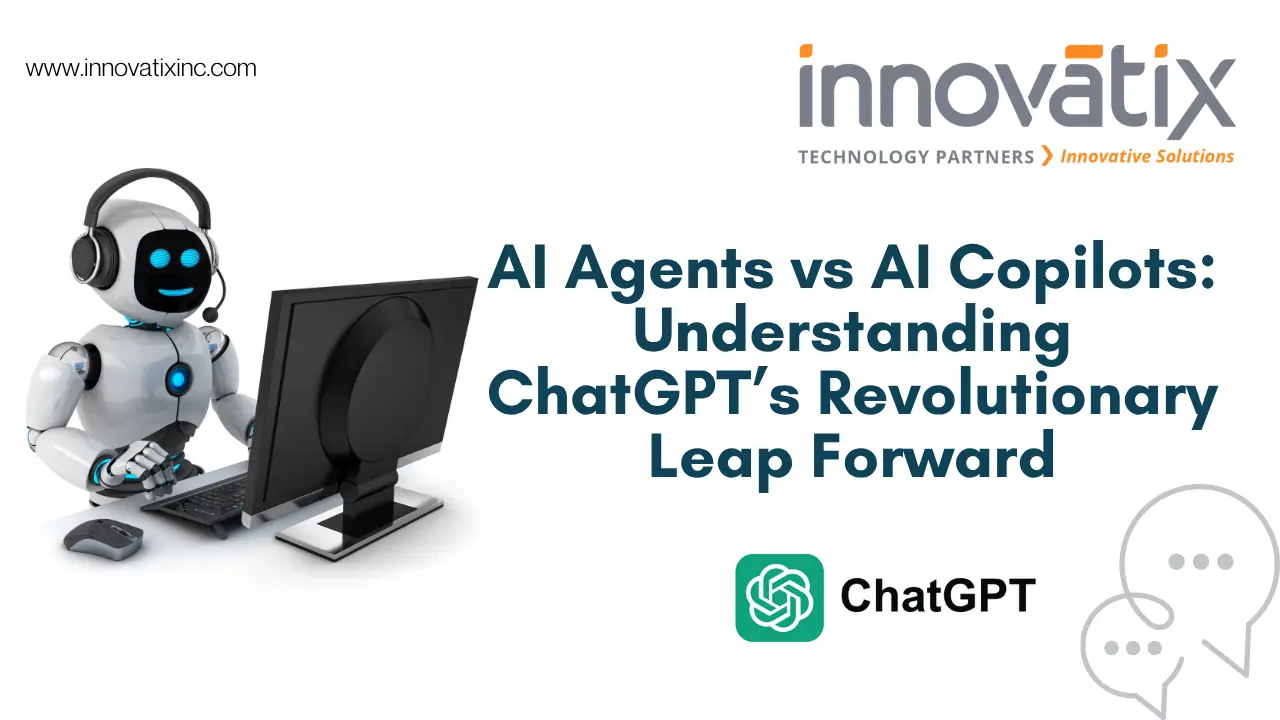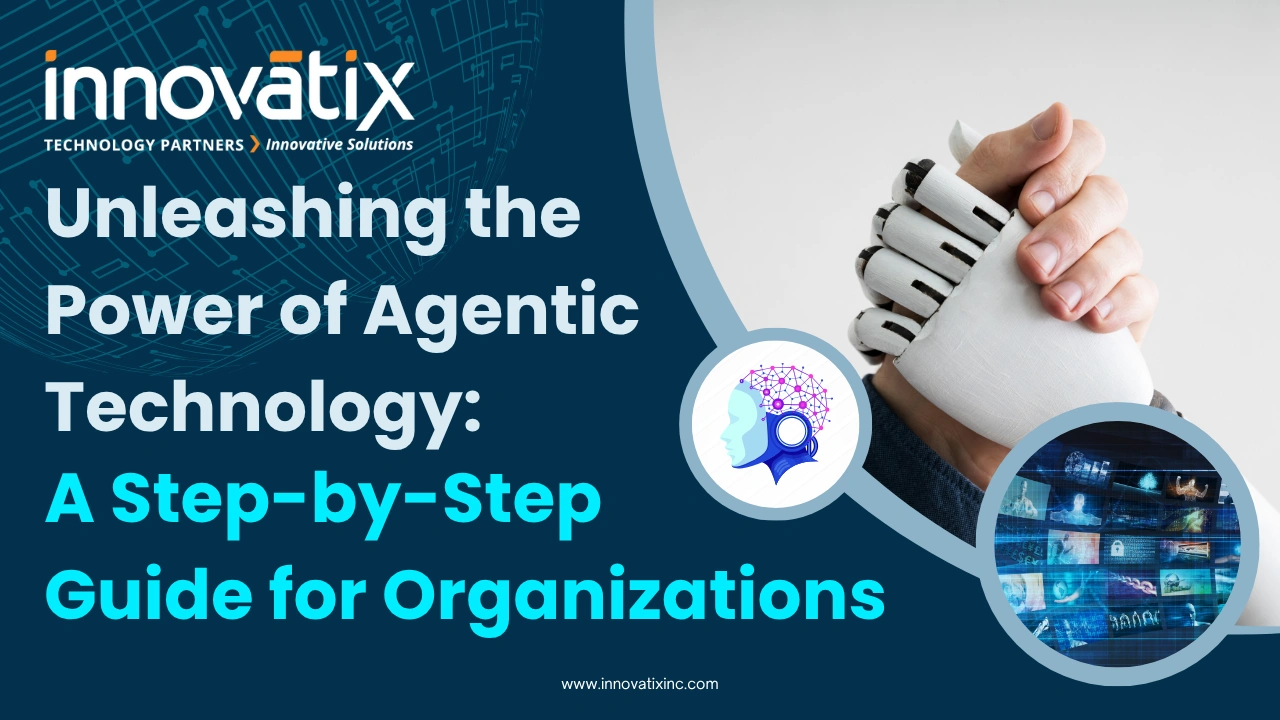While the businesses of all industries battling to innovate, automate, and deliver at an unprecedented pace, the imperative to evolve isn’t going away. However, traditional software development practices requiring special coding skills, expensive resources, and time is serving as a bottleneck. Enter the low-code/no-code (LCNC) platforms, a new technology allowing non-technical people and ordinary business professionals to build applications, automate workflows, and innovate without significant IT budgets or resources. In this blog, we will cover the rise of LCNC platforms, including their benefits and challenges, real-world applications, and market trends, to determine their real transformative power. What Are Low-Code/No-Code Platforms? No-code platforms are tools that let the absolute beginners build applications without writing code (e.g., through drag-and-drop interfaces and pre-built templates), and low-code platforms are tools that allow people with some technical knowledge to build applications with minimal hand coding. These platforms are the gap between technical and non-technical users, enabling businesses to achieve results quickly in the highly competitive landscape. Low-code platforms are mainly designed for IT teams that must speed up development cycles. In contrast, no-code platforms democratize development, allowing marketers, HR specialists, sales teams, and even C-suite executives to participate in automation and application creation. The Rise of Low-Code/No-Code Platforms Recently, these platforms have become very popular due to their need for faster digital transformation. Gartner projected that by 2026, over 65% of all application development will occur using low-code or no-code platforms. In addition, Forrester Research estimates that the total market of LCNC platforms will reach $21.2 billion by 2025, as organizations require process automation coupled with self-service solutions to help employees. LCNC platforms are now the default solution for businesses seeking to lower development costs and maintain agility. According to McKinsey, organizations using LCNC tools report: The Market Potential of LCNC Platforms With small businesses, large enterprises, and even governments adopting the LCNC platforms, the market for this platform is experiencing explosive growth. Below are some key statistics showcasing the opportunity: Benefits of Democratizing Automation with LCNC Platforms 1. Removing Barriers to Innovation While low-code and no-code software revolution platforms enjoy the advantage of low technical dependency, they allow beginners to leverage their capabilities to solve operational challenges. For example, an automated campaign tracker, which a marketing manager can build, or a chatbot to answer FAQs, which a customer service team can create — all without involving development teams and resources. 2. Accelerating Time-to-Market Gartner said LCNC platforms cut application development and deployment time by up to 70 percent, providing businesses greater agility to respond to evolving customer demands and market opportunities. 3. Reducing IT Team Dependency IT and software development teams are critical to large-scale enterprise solutions, but their resource allotments are limited. As a result, LCNC platforms reduce IT reliance by enabling employees from different departments to build their solutions independently without knowing how to code using drag-and-drop interfaces and pre-built templates. 4. Cost Efficiency Developing applications using conventional coding methods comes with an expense of thousands of dollars per app. Still, with the help of LCNC platforms, developers can reduce the cost of development by cutting labor costs and enabling rapid prototyping. 5. Improved Collaboration LCNC platforms are a bridge between the IT team and business users. This allows users to work together to develop an app, seamlessly connecting users’ technical skills with business needs. 6. Scalability Not all LCNC tools are just for Small-scale apps anymore. Enterprises can build applications that scale well using platforms such as OutSystems, Microsoft PowerApps, and Appian and integrate them with the existing infrastructure, systems, and cloud platform. Real-World Applications of LCNC Platforms Challenges to Overcome While LCNC platforms have revolutionized development, there are challenges: 1. Governance and Oversight Without proper governance, decentralized applications will not be adequately built and will harbor misaligned workflow and security vulnerabilities. To do this, IT teams must ensure LCNC apps adhere to organizational standards. 2. Customization Limits Although powerful, no-code platforms are not equipped for hyper-specific requirements. Traditional coding is still needed for such functionalities for enterprises with complex needs. 3. Data Security Non-technical application users can accidentally expose sensitive data if best practices are not followed. Compliance with regulations such as GDPR or HIPAA is no exception. 4. Vendor Lock-In A single LCNC platform increases the risk of getting the vendor into the lock-in, which will be expensive in the long run if the platform is no longer being used. Future Trends in LCNC Platforms Notable LCNC Platforms to Watch Conclusion: Empowering a New Wave of Innovators Platforms like low-code/no-code are the tools giving rise to a shift in how technology is built, deployed, and consumed. By making automation and application development available to everyone, these platforms help businesses innovate faster, at less cost, and stay one step ahead in a highly competitive environment. However, as organizations adopt the LCNC platforms, they are democratizing technology, ensuring innovation is not held in the hands of the technically experienced. Innovatix Technology Partners leads process automation with best-of-breed solutions that perfectly align with enabling low-code or no-code platforms. Over the years, Innovatix has provided customizable automation services and has successfully delivered automation solutions that simplify business processes, improving operational efficiencies and quickly enhancing digital transformation initiatives. We, at Innovatix, firmly believe in the democratization of technology by allowing organizations to leverage advanced LCNC tools and frameworks to spur innovation without dependence on excessive IT resources. Innovatix’s process automation expertise is the perfect partner for businesses seeking to remain competitive in our rapidly changing digital world and can move automation, scalability, and agility to the forefront. Get in touch with us today to find out more about our process automation solutions.


